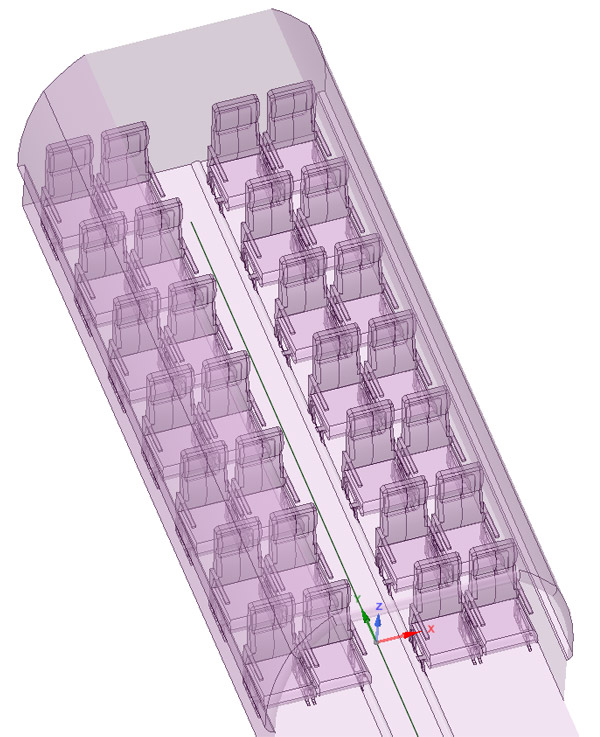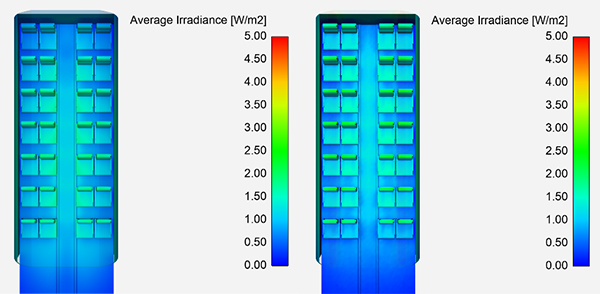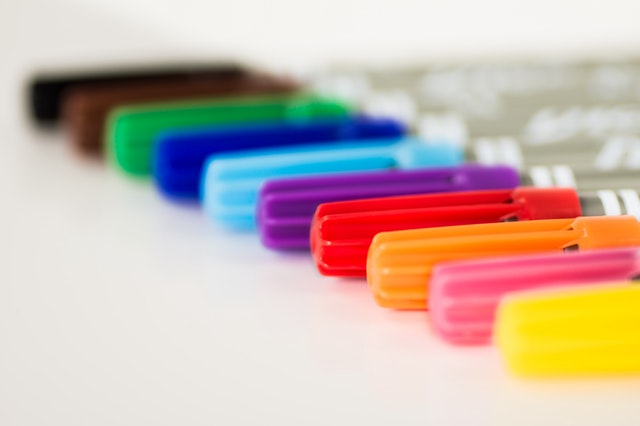Simulation specialist Ansys has demonstrated, using digital simulation, the effectiveness of robotic disinfection by UV light, a technology envisioned by Airbus and Boeing to eradicate the Covid-19 from the cabin of their aircraft.
With the gradual resumption of economic activities, the disinfection of enclosed spaces becomes a major issue to avoid the resurgence of clusters of Covid-19 patients. One method seems to offer a promise of efficiency: UV.
More specifically, it is the ultraviolet C (UVC), short-wavelength (280-100 nm) which are used for irradiating surfaces and destroy bacteria and viruses, according to the principle of the line of sight ” In order for ‘A surface is disinfected, it must be directly visible by the light source , explains Ansys, an American specialist in digital simulation. Therefore, any object that creates shade could reduce the exposure of the surface and thus prevent disinfection. “

To be effective against Covid-19, of which the virus responsible, SARS-CoV-2, is only 0.12 micrometer in diameter, a UV light disinfection system must also deliver a sufficient dosage of UV, i.e. 600 mJ / cm².
A mobile robot for disinfection in a few minutes
To demonstrate the effectiveness of such a technology, Ansys carried out a simulation featuring two types of device using UV disinfection technology in an aircraft cabin. The first, ” a mobile robotic system ” equipped with arms, is ” capable of disinfecting the entire cabin between two flights in just a few minutes ” but must ” be placed and removed from the cabin each time it is used “.

A second is fixed, more easily deployable but risks ” not effectively diffusing UV light on all surfaces of the cabin “. It would kill almost 100% of the virus in almost the entire cabin.
This technology is currently being tested in the New York subway – in the form of UV lamps used at night, when the service is stopped – and the two largest aircraft manufacturers in the world, Airbus and Boeing, are considering adopting such technology. system to disinfect their planes.































Discussion about this post